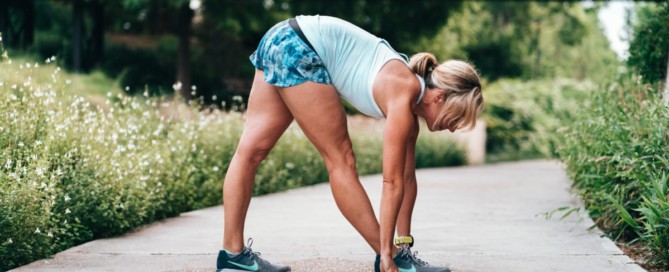At its core, running is simple — put on the shoes, lace them up, and get going. You really don’t need much more to get by, right? Well, maybe not. Let’s take a closer look at, yes, the humble sock.
First, we need to say farewell to our old friend, cotton. Cotton: soft, lightweight, natural — what’s not to like? Unfortunately, one of the most important characteristics of cotton is that the material absorbs moisture, rather than repelling it.
What does that mean for running? When you sweat, your cotton apparel, including your socks, absorbs that sweat and keeps it on your body. Combine that with friction from movement, and you often get abrasive rubbing, blistering, and chafing. In other words, no fun.
Your generic athletic sock from a department store 6-pack is likely made mostly of cotton. Those socks cover your feet, but don’t protect them. The main causes of blisters are heat, moisture, and friction, and those generic cotton socks ensure that all three of those ingredients will be in the mix during your next run.
Of those three causes, the easiest to manage is moisture, which any good running sock will help with. So, if running socks aren’t made of cotton, what should they be made of? Good running socks will mostly be made of synthetic fibers, like polyester and nylon, or a natural wicking material like merino wool. With these materials, sweat will be wicked to the outside of the sock and away from the foot, keeping it dry (unless you go through a puddle!).
While keeping the feet dry is the most important function of good running socks, they can have some other advantages. Some sock brands, like Feetures, have targeted arch compression that makes their socks fit more snugly across the midfoot, aiding blood flow for the duration of the workout. Most run socks will have targeted cushioning, putting a little extra padding in the heel and forefoot, where most of the impact is borne on the run. There are even a few companies like Injinji specializing in toe socks, which aid in proprioception and keep the toes from rubbing against one another (another cause of blistering).
But, it’s hard to get across how important running socks are just by talking about them. You really need to try a pair to understand how much of a difference they make! Whether you prefer really thin or really cushioned socks, or no-show or knee-high socks, go grab yourself a pair because they’ll change your world!


